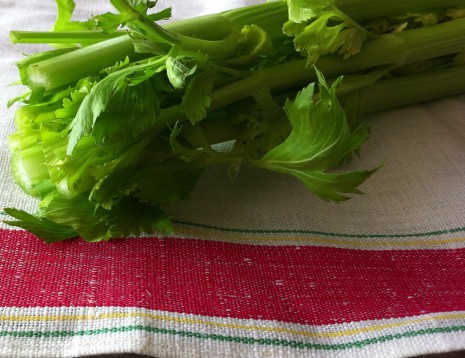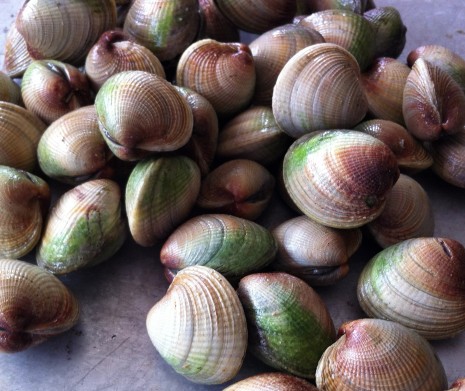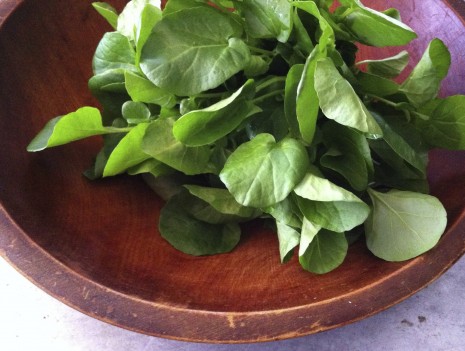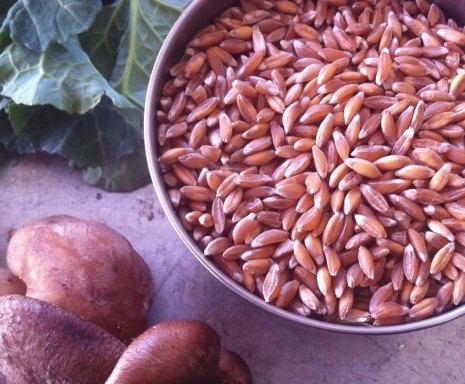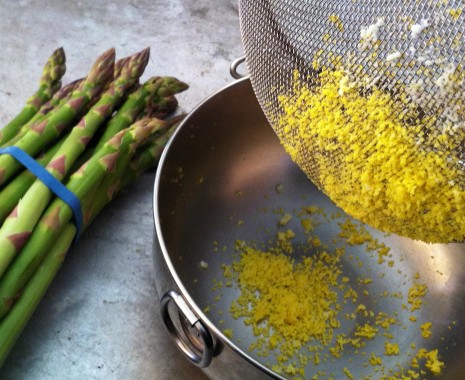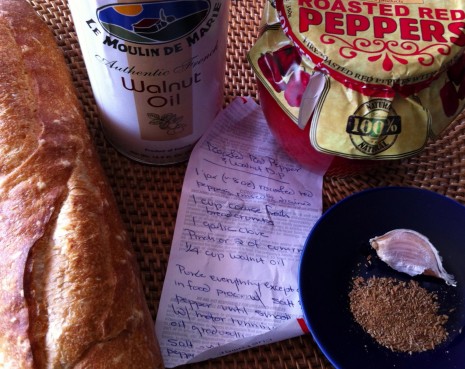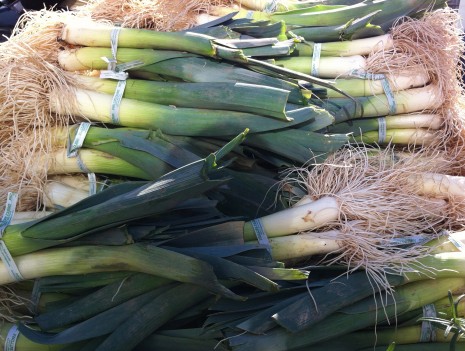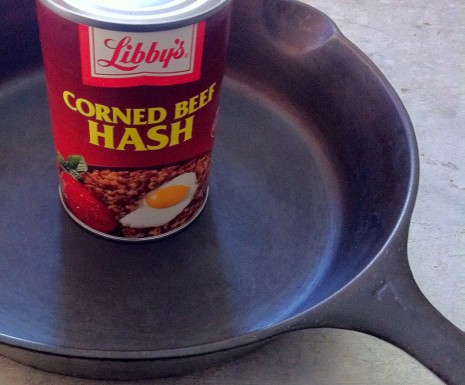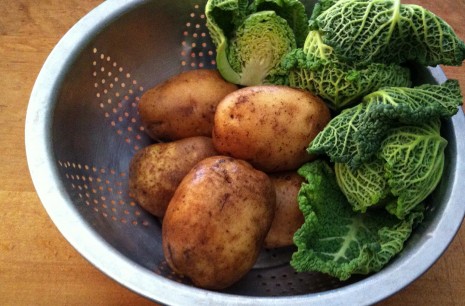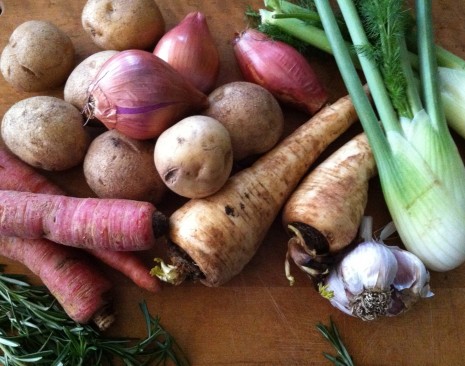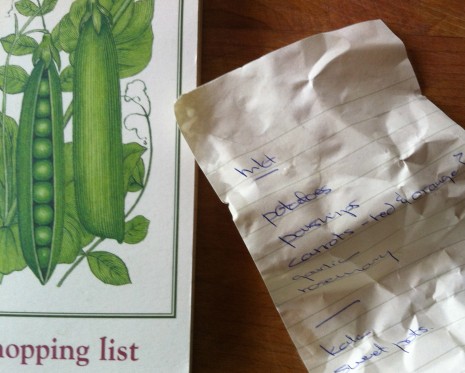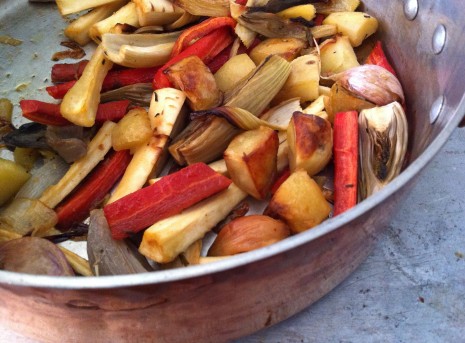CELERY VICTOR(IOUS)
Apart from Thanksgiving, when it’s pressed into service for stuffing and the relish tray, celery is the old maid of the crisper drawer. A few stalks are used here and there for soups or stews, or cut into thirds and filled with peanut butter or pimento cheese for a quick snack or down-home hors d’oeuvre. But by and large, it just sits in the refrigerator for weeks, gradually turning limp as suede while other, more compelling, vegetables find their way onto the plate.
It wasn’t always this way. A hop-skip-and-jump through celery’s history reveals that in ancient Greece and Rome and on through the Middle Ages, it was greatly valued as a medicinal and culinary herb; by the end of the 18th century, celery had become a kitchen staple in England, which has the lengthy, cool, moist growing season the vegetable needs to flourish. We don’t know when celery was first introduced to America, but its successful cultivation requires considerable hand labor and some skill, as Will Weaver noted in Heirloom Vegetable Gardening. “It wasn’t a common garden vegetable in this country until the nineteenth century,” he wrote. “Even then, it remained a specialty crop cultivated more by market gardeners and the wealthy than by ordinary folk.”
I turned to culinary historian Anne Mendelson for more info, and she was happy to oblige. “In the late-nineteenth and early-twentieth centuries, celery enjoyed a great vogue as an elegant, fashionable vegetable usually eaten raw,” she wrote. Indeed, it occupied a prized position on the dining table, in a vase specifically made to hold water and the long stalks crowned with ruffled leaves. Although celery vases were made in a range of materials, including porcelain, what generally comes to mind are examples either blown and hand cut or, more usually, pressed in a high-relief cut-glass pattern to brilliantly refract the light.
Eventually, celery moved into the mainstream (and thus demoted to a long, low, narrow cut-glass dish at table). “It became a highly successful cash crop produced in a more efficient, standardized manner,” Anne added. “For a long time, Kalamazoo, Michigan, was practically the national capital of factory-scale celery growing.” After a blight hit that area during the 1930s, California became the center of production.
It’s worth noting these days, when we turn up our noses at so-called “seasonless” vegetables, with their year-round supermarket availability, that they were once perceived as truly marvelous. In the American Cooking volume (written by Dale Brown and published in 1968) of Time-Life’s landmark “Foods of the World” series, the recipes in chapter II are preceded by a paragraph explaining they are a reflection of America’s bounty. “Not only are they based upon vegetables and fruits available in enormous quantities in this country, but, for the most part, on those found in markets the year round.”
One of the recipes showcased in the book is Celery Victor, created by Victor Hertzler, head chef at the St. Francis Hotel, in San Francisco, and first published in Clarence Edwords’s Bohemian San Francisco: Its Restaurants and Their Most Famous Recipes (1914). Anne surmises that Hertzler might have used leeks vinaigrette as a model; as you can see from the original recipe here, stalks of celery are cooked in a rich stock; once cool, they’re dressed with a tarragon vinaigrette. Hertzler called for one soup hen and five pounds of veal bones for his stock, which may sound extravagant. In reality, however, it was—and is—an example of the thrift practiced by any well-run large, professional kitchen.
The very idea of cooking celery in broth, then eating it chilled is perplexing to many, but when prepared this way, there is something about the vegetable, a subtle herbaceous astringency, that I just love. “It’s clean-tasting even after it’s been sopping up rich juices,” said Zanne Stewart, former Gourmet executive food editor and still-reigning queen of the sound bites. “It’s why I always put celery in the bottom of a roasting pan. It’s great with rich meats.”
Over the years, there have been innumerable variations on Celery Victor. Sometimes whole celery hearts, cut in half lengthwise, are used instead of separate stalks, and garnishes may include slices of hard-boiled egg (sometimes shingled with slices of tomato), strips of pimiento peppers, capers, parsley, and, most famously, anchovies. The version we published in The Gourmet Cookbook was striking in its simplicity—no aromatics in the cooking liquid, no garnish except celery leaves. We did, however, use some of the cooking liquid in the vinaigrette, a waste-not-want-not touch that also appears in Julia Child’s The Way to Cook. It ennobles the dressing and gives it body.
If you’ve gotten this far, I must confess I don’t know where my retro obsession stems from—other than the fact that the spring-crop celery I’ve been buying lately at the supermarket has been so delicious. Organic is the way to go, by the way; according to the Environmental Working Group’s annual “Dirty Dozen” shoppers’ guide, it’s among the vegetables most contaminated with pesticide residues. On a more positive note, celery contains phytochemicals that reduce stress hormones (I feel calmer just typing those words), as well as fiber, folate, potassium, manganese, and vitamins K, C, and B6. It’s far too good to leave languishing in the crisper drawer.
Celery Victor
Serves 4
This recipe is an amalgam of god-knows how many recipes; frankly, I do it a bit differently every time. The classic salad is very nice as a first course, but you can also serve the braised celery warm as a side, with a sauce made by reducing the cooking liquid, or as a gratin—just transfer to a flameproof dish, sprinkle with Gruyère or Parm, and run under the broiler.
3 or 4 parsley sprigs
1 bay leaf
1½ pounds tender (i.e., no strings) celery stalks, trimmed and cut crosswise into 3-inch-long pieces, leaves reserved for cooking and garnish
About 3 cups chicken stock (preferably homemade)
Coarse salt and freshly ground pepper
Tarragon or white-wine vinegar
Mild extra-virgin olive oil
Optional garnishes: good-quality anchovy fillets packed in olive oil and/or strips of pimiento, and/or other garnishes (see above)
1. Tie parsley, bay leaf, and a few of the celery leaves together with kitchen string. Put the celery in one layer in a large heavy skillet. Season lightly with salt, wedge in the bundled herbs, and add enough stock to just cover. Bring to a boil, then reduce the heat. Put a round of parchment paper over the celery (not necessary, but it helps it cook evenly), then cover the skillet and simmer gently until the celery is completely tender when pierced with a knife.
2. Meanwhile, make a vinaigrette with the vinegar and oil to suit your taste (generally speaking, use 1 part vinegar to 3 parts oil). Season with salt and pepper.
3. Transfer the celery to a platter with tongs and arrange in one layer. Drizzle with vinaigrette and refrigerate until chilled, at least an hour or so. Moisten with a bit more vinaigrette and scatter with remaining celery leaves. If you like, decorate with criss-crossed anchovies and/or pimiento strips or otherwise embellish to your heart’s content.
Posted: April 30th, 2013 under cookbooks, cooking, culinary history, recipes.
Comments: 1

